The ultimate face mask guide

The product that deserves a place in your skin care routine
The product that deserves a place in your skin care routine
A new skin care trend has descended, with everything from sleeping to sheet masks fighting for your attention. So what works, and what doesn’t? Your journey to better skin starts here.
What’s driving the madness for masks? Blame Korea and the K-Beauty boom. Or rather, thank them: “There is more education around skin care, and with Australia having one of the harshest climates in the world, masks offer an at-home treatment for concerns specific to our skin like pigmentation, dehydration and ageing,” explains Cara Doncovio, National Education Coordinator for Endota Spa. The other factor is the rise of bespoke beauty. “This spans across the industry, including hair, nails, colour cosmetics and skin care, and consumers want what’s best for them specifically,” says Dr Dennis Gross, New York City-based dermatologist and founder of Dr Dennis Gross Skincare. “As they become more ingredient savvy, if they take a product home, it needs to deliver.” And masks offer results – intense delivery of concentrated ingredients for specific concerns – that serums or moisturisers can’t replicate.
How to make the most of your mask
Pre-mask: “Thoroughly cleanse skin and remove all makeup so pores are cleared of debris and dead skin and are ready to receive actives,” suggests Dr Gross. Gentle exfoliation can also help boost ingredient absorption.
Post-mask: Apply a treatment serum to seal everything in, and “avoid sun exposure immediately pre and post-mask as skin can be more prone to sensitivity”, warns Dr Gross.
How often you should apply a mask
“Once a week will maintain the health of your skin, but for severe dehydration or congestion, use two to three times per week on a targeted area,” advises Doncovio. Regardless of your skin or mask type, Dr Gross advises always following instructions for the optimum outcome.
The different mask types
Delivery systems are becoming more sophisticated – Doncovio helps you cut through the clutter.
Foil: Heat supercharges the ingredients. Try Estée Lauder Advanced Night Repair Concentrated Recovery PowerFoil Mask.
Cream: Hydrating and easy to apply. Try L’Occitane Immortelle Divine Cream Mask.
Sheet: Cloth acts like a physical barrier, trapping ingredients and facilitating more intense absorption. Try Shiseido Vital-Perfection Wrinklelift Mask.

Estée Lauder Advanced Night Repair Concentrated Recovery PowerFoil Mask
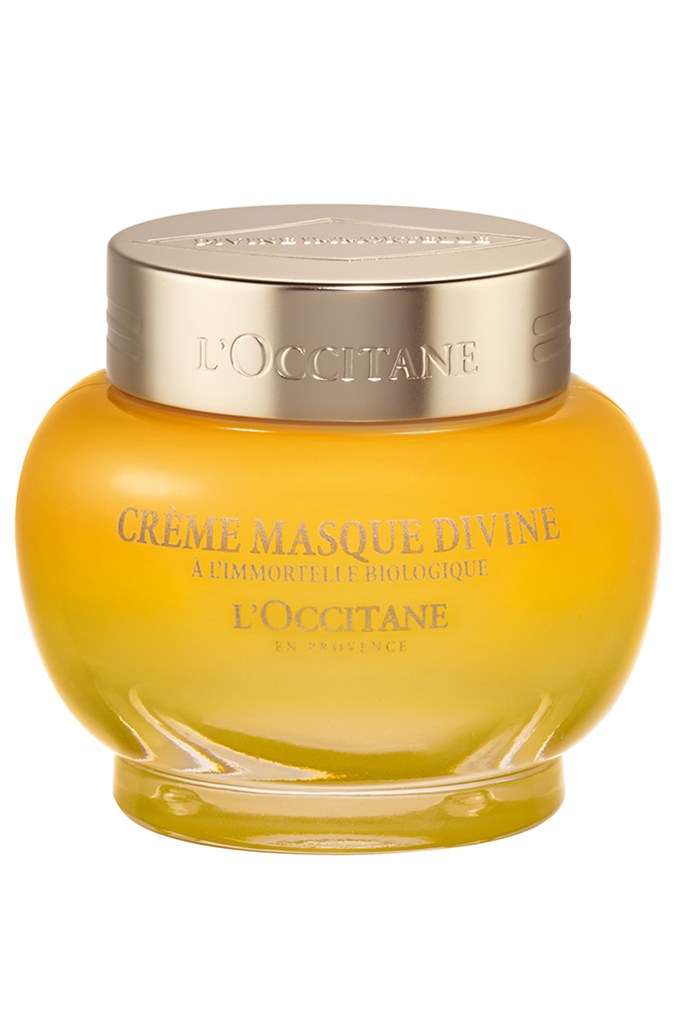
L’Occitane Immortelle Divine Cream Mask
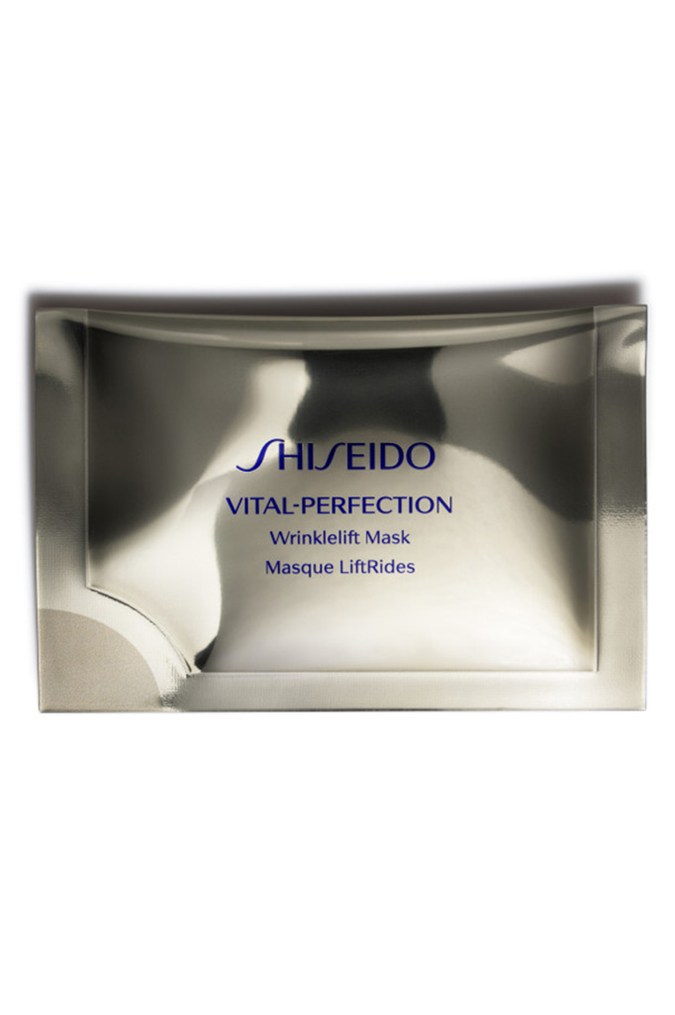
Shiseido Vital-Perfection Wrinklelift Mask
Rubber: Often used by professionals, these are DIY masks that you mix yourself and peel off in one sheet. Try Dr Dennis Gross Hyaluronic Marine Hydrating 2-Step Mask.
Bubble: Stimulating and purifying, can be messy, but you often “feel” it working. Try Sephora Collection Bubble Mask Detoxifying & Oxygenating.
Overnight: These thicker formulas help hydrate and regenerate skin while you sleep. Try Aerin Rose Night Table Cream & Overnight Mask.
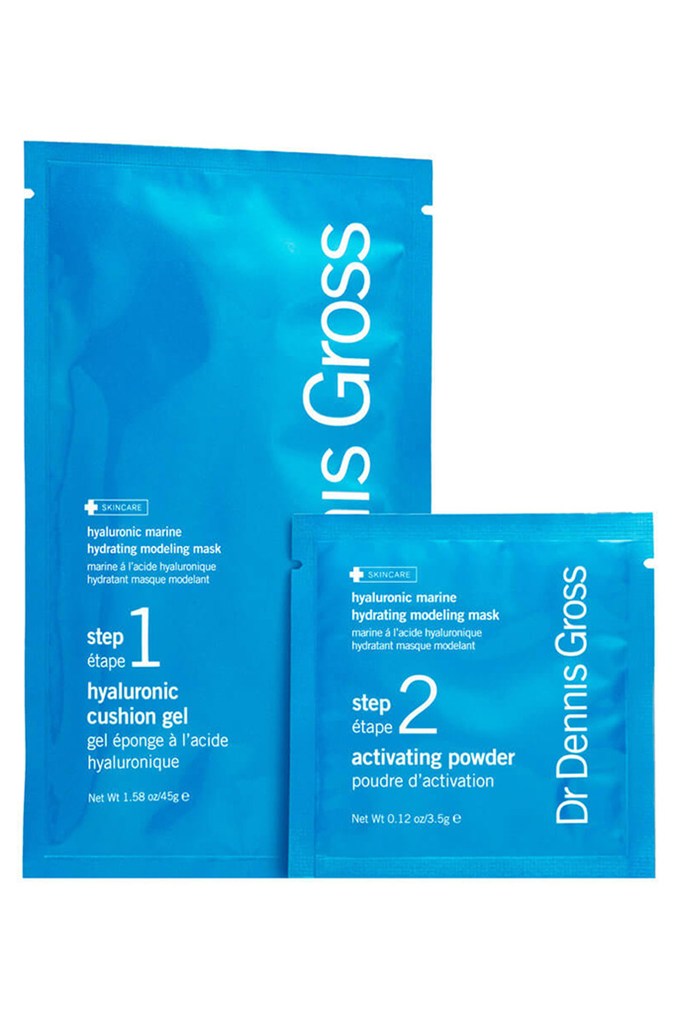
Dr Dennis Gross Hyaluronic Marine Hydrating 2-Step Mask
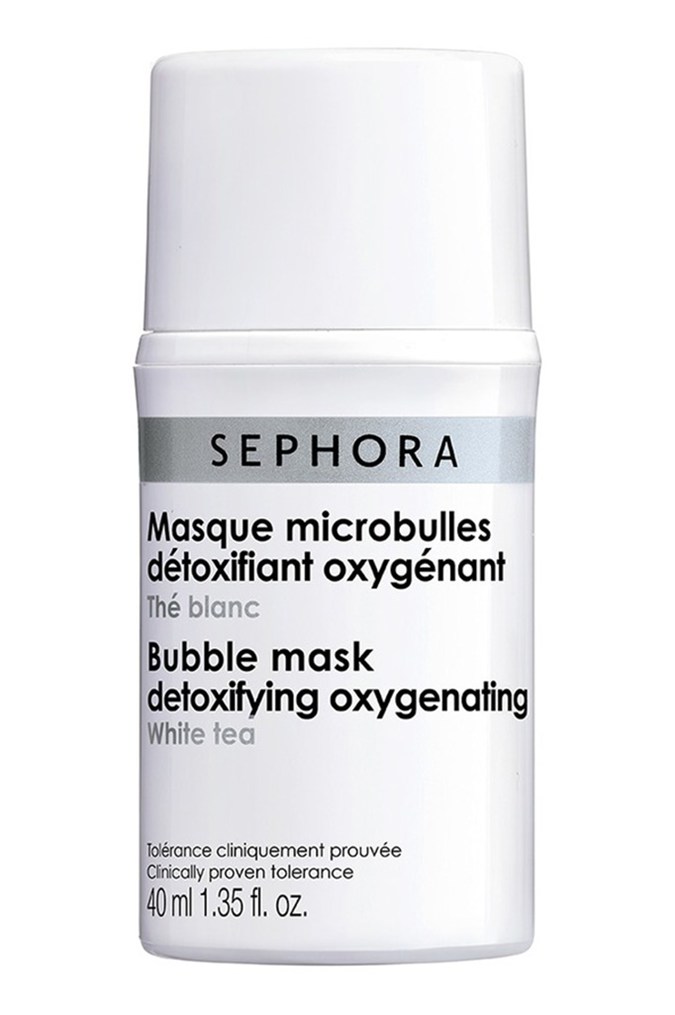
Sephora Collection Bubble Mask Detoxifying & Oxygenating
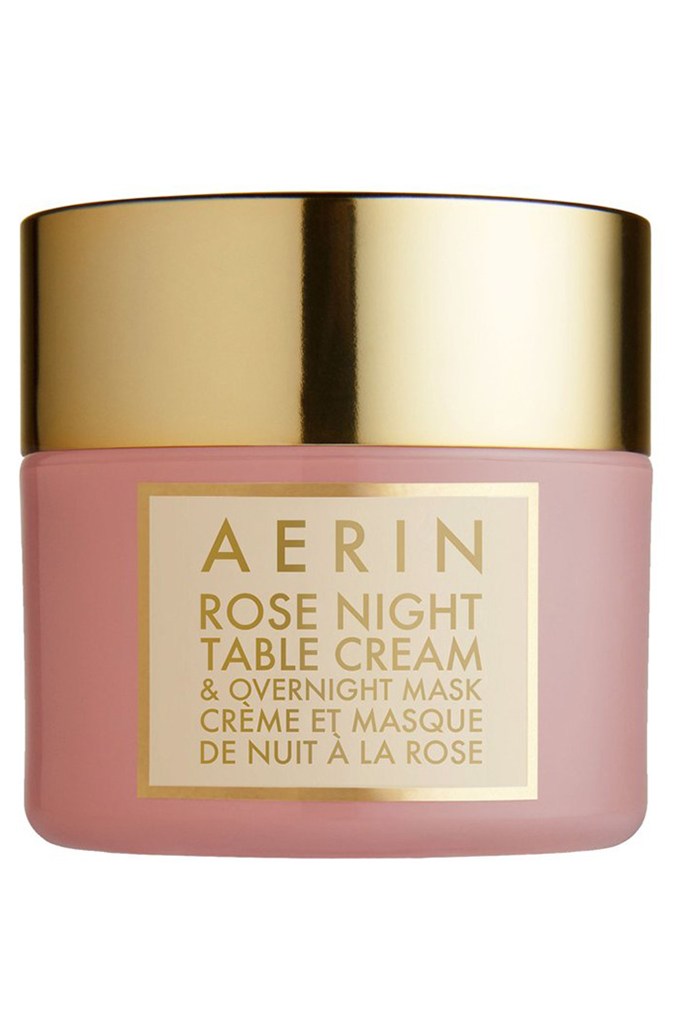
Aerin Rose Night Table Cream & Overnight Mask
Ingredients checklist
Dr Gross on the best bets for your skin type.
Acne: Salicylic acid and oil-absorbing clays help detoxify, while hyaluronic acid soothes and reduces redness. Try African Botanics Marula Mineral Cleansing Mask.
Oily: Try a purifying or clarifying mask with charcoal, clay or colloidal sulfur and anti-inflammatories, such as prickly pear and bisabolol or willow bark, to help clear pores and exfoliate. Try Sukin Anti-Pollution Facial Masque; L’Oréal Paris Pure Clay Mask; Endota Spa Organics Charcoal Detox Mask.
Combination: Customise your treatment with a purifying or clay mask on your T-zone, and a hydrating mask on dry areas. Try Nip + Fab Kale Fix Clay Mask; Lancôme Absolue L’Extrait Ultimate Rose Serum Mask.
Dull: Increase circulation with self-heating masks, or use products with vitamin C or D to help boost radiance. Try Origins GinZing Peel-Off Mask; Mesoestetic Energy C Peel- Off Mask.
Sensitive: Look for calming ingredients such as green tea and cucumber extracts. Try Avène Soothing Moisture Mask; Erno Laszlo Soothe & Calm Sensitive Hydrogel Mask.
Dehydrated: Double up with a hydrating serum underneath a moisturising cream or cloth mask, massaging in any excess. Try Philosophy Renewed Hope In A Jar Re-Energizing Moisture Mask
Multi-masking
Multi-masking is the latest trend of using different types of masks on different parts of your face to treat different concerns. This is not just an Instagram trend. “Most people have more than one complexion issue and two masks are more effective and tackle more than one problem,” explains Dr Gross.
Want to know the ins and outs of mixing and matching your masks? Here's your beginner's guide to multi-masking.
For more skin care tips from marie claire, check out marieclaire.com.au
Photography by Edward Urrutia

A beauty editor and vitamin C fanatic who has worked across a range of print and digital publications, including Stellar, marie claire, Gritty Pretty and Badlands Journal.







